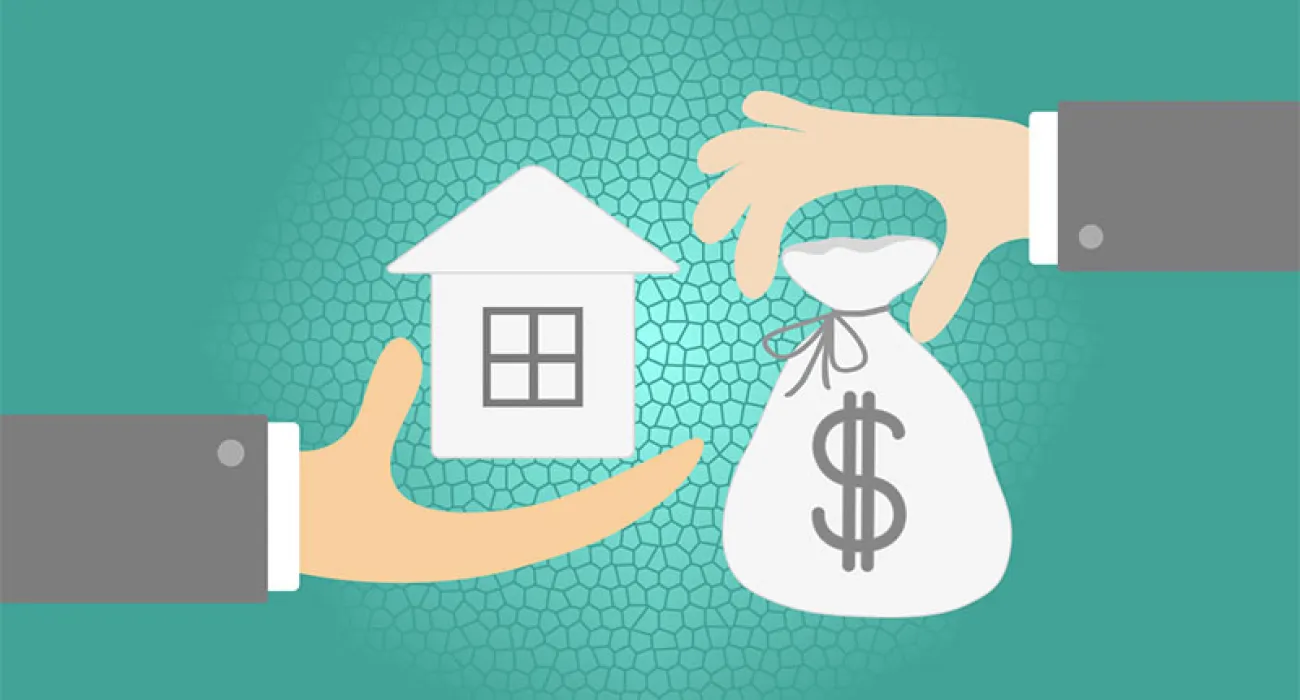Publication 523 may end up being your favorite IRS publication. That is if you can really have an IRS publication that you really like. When you sell your main home or primary residence, up to $250,000 may be excluded from your income. The amount jumps up to$500,000 for married couples that sell their primary residence. When individuals or couples start considering retirement decisions, they often don't think about the equity in their house nor the tax treatment that may occur when they downsize their primary residence. (source: IRS.gov)
In order to meet the primary residence exclusion requirement you must meet the following requirements:
- You owned the residence for any two of the last five years. 24 months of 760 days.
- You occupied your residence for any two of the last five
years. - You haven't used the exclusion within the last two years.
If you are married you need to meet the following requirements:
- You are married and file a joint return for the year.
- Either you or your spouse has owned the residence for at
least two out of the last five years. - Both you and your spouse have used the home as your
principal residence for two out of the last five years. - Neither you nor your spouse has used the exclusion
within the last two years.
The required 2 years of ownership and use during the 5-year period on the date of the sale does not have to be continuous. You meet the IRS tests if you can show that you owned and lived in the property as your main home for either 24 full months or 730 days (365 x 2) during the 5-year period ending on the date of the sale. There is some art to this from time to time, but it's really important you get your ducks in a row so you can maximize this important exclusion. This has become more important to watch now that real estate has rebounded in many parts of the country.
Example 1 - Home owned and occupied for 3 years
Kim bought and moved into her main home in September 2006. She sold the home at a gain on October 12, 2009. During the 5 year period ending on the date of the sale (September 16, 2006 - October 12, 2009), she owned and lived in the home for 3 years. Kim meets the ownership and the use tests above. (source: www.real-estate-owner.com)
Example 2 - Met ownership test but not the use test
Carlos bought a home in 2004. After living in it for 6 months, he moved out. He never lived in the home again and sold it at a gain on May 15, 2009. He owned the home during the entire 5 year period ending on the date of the sale (May 16, 2004 - May 15, 2009). However, he did not live in it for the required 2 years. Carlos meets the ownership test but not the use test. He cannot exclude any part of his gain on the sale, unless he qualified for a reduced maximum exclusion (explained later). (source: www.real-estate-owner.com)
Will you pay capital gains tax on the sale of your primary residence? Decide what strategy is best for you and think about how to increase your bottom line! Where else will you get a $500,000 tax break!!!!
Written by: Ted Jenkin
Request a FREE consultation: www.oxygenfinancial.net
If you would like to receive more information on making smart money moves for your future, be sure to contact us today!




